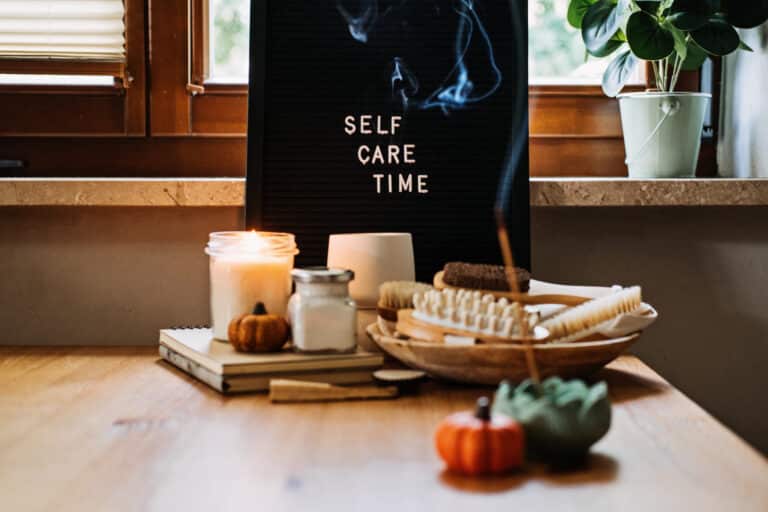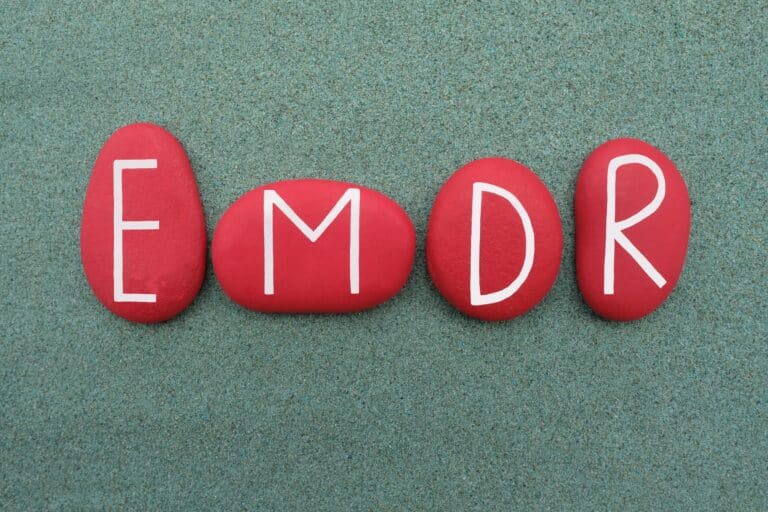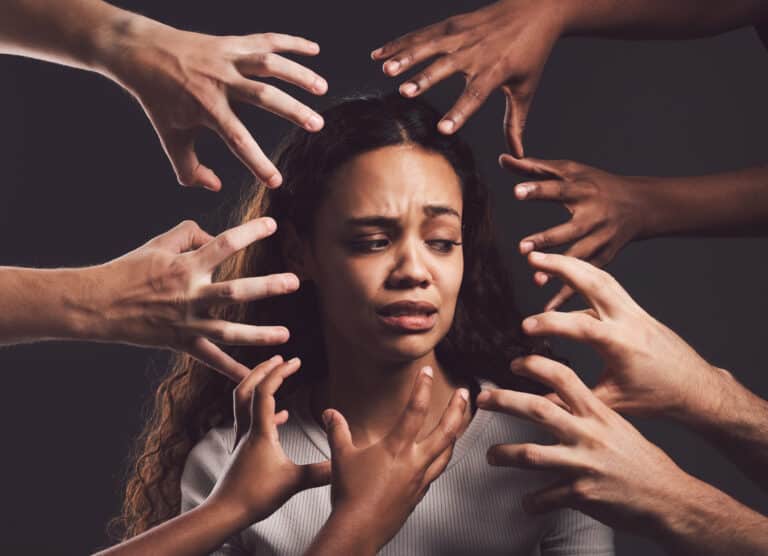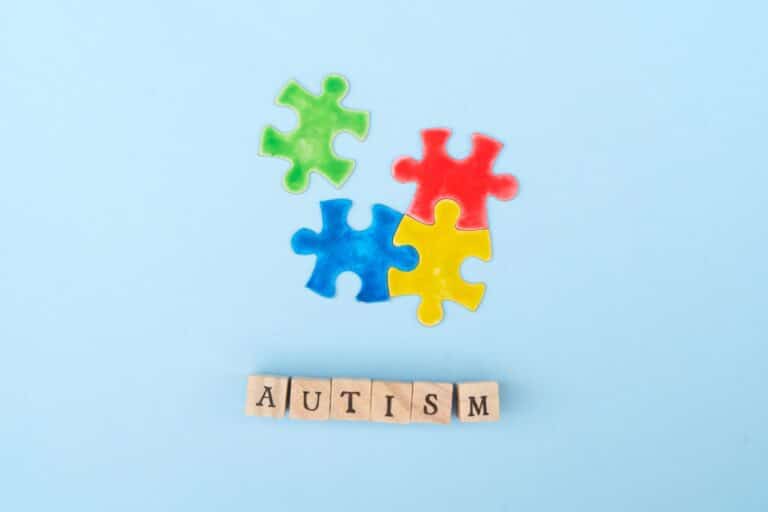When people think of addiction, they think of illicit drugs like marijuana. But prescription drug misuse is far more commonplace.
18 million Americans misuse prescription medications. In 2017 alone, two million Americans misused prescriptions for the first time. These numbers may rise as the population gets older and uses more medications.
Doctors have prescribed barbiturates for decades. They are among the deadliest drugs to become addicted to.
Yet many people are unfamiliar with them because of their many street names. What are barbiturates, and what are they called? How do doctors treat people addicted to them?
Answer these questions and you can get help for a barbiturate addiction. Here is your quick guide.
What Are Barbiturates?
Barbiturates are central nervous system depressants. Doctors prescribe them to induce sleep and relieve anxiety. They are also an uncommon prescription for muscle spasms and seizures.
The most common barbiturates are Fiorina and Pentothal. Fiorina comes in pill form, while Penthothal is injected into the body.
In the 1960s and 1970s, many doctors prescribed barbiturates to their patients. But they soon fell out of fashion because it is hard to predict the correct dose. The body builds tolerance to small doses, requiring larger amounts through time.
You can take barbiturates without becoming addicted to them. But you need to be careful with your prescriptions. Contact your doctor if you fear you are becoming addicted or developing a tolerance.
What Are the Street Names of Barbiturates?
Though doctors do not often prescribe them, barbiturates remain popular recreational drugs. There are many street names for them.
In general, barbiturates are called “barbs” or “downers.” Downers refer to the sedative effect of the drugs.
Each type of barbiturate has its own street names. Users refer to amobarbital as “blue heavens” or “blue velvet” because its pills are blue. Some people call pentobarbital “yellow jackets” for the same reason.
Drug dealers call phenobarbital “goof balls” because it encourages sleep and euphoria. Dealers also call Secobarbital “reds” or “red devils.” Users call tuinal “rainbows” or “double trouble” for its strong effects.
Names differ from country to country. In Australia, you may hear barbiturates referred to as “flags” or “marshmallow.” New street names are invented as old ones become known in order to keep the drugs secret.
What Are the Signs and Symptoms of Addiction?
Barbiturate addiction can have several different signs. If small doses do not cause a user to fall asleep, the user can show signs of irritation. Their judgment may be impaired, causing them to act irrationally.
Over time, a person may become paranoid. They may lash out at people they otherwise trust and respect. They may think about suicide or harm themselves.
In larger doses, the user acts as though they are intoxicated. They lose coordination of their body and they develop slurred speech. They suffer from memory loss and are unable to process stimuli.
A barbiturate overdose causes kidney and respiratory failure. A user may fall into a coma, unable to wake up. Their heart and lungs can slow down, causing death.
Many people become addicted to barbiturates because withdrawal occurs quickly. Symptoms of withdrawal include anxiety, stomach cramping, and vomiting. These symptoms occur over several days, discouraging many users from complete withdrawal.
Going cold turkey can induce seizures and disrupt the body’s ability to control its temperature. This can cause brain damage and heart failure.
A person may also show common signs of drug addiction. They may lose interest in things they loved to do. Their work, social, and sleep habits may change so they can use drugs.
How Can Someone Get Treatment?
A person addicted to barbiturates should seek medical attention. They should check themselves into a hospital and allow doctors to oversee them.
After the initial stages of withdrawal pass, a person can receive therapy. They can receive antidepressants and mood stabilizers to combat anxiety and suicidal thoughts.
Though it is not a requirement for recovery, inpatient treatment is very helpful. A patient can receive medication-based therapy and engage in one-on-one counseling. They can go on group outings, making friends and creating positive memories.
Cognitive-behavioral therapy allows someone to identify their negative thoughts. They can get a sense of why they used barbiturates, and they can find new ways of coping with stress.
Some people have multiple addictions at once. Therapies at treatment centers can treat all of these addictions simultaneously.
Many treatment centers offer programs for LGBTQ and homeless individuals. You can receive psychological counseling for the trauma you may have experienced in your life.
Once a person is done with inpatient treatment, they can move into sober housing. No one can bring drugs into sober housing environments. Residents can continue to pursue therapy and go to treatment centers for support.
If a person relapses, they can return to inpatient or outpatient treatment. Doctors and residents do not look down on them. Centers offer the same level of support that they had previously extended.
Get Help From the Experts
Barbiturates are used to induce sleep and manage anxiety. But they are commonly abused today.
In general, they are called “barbs” or “downers.” Individual pills are described through their color.
It is hard to find the right dose, which can lead to a fatal overdose. Withdrawal can also lead to death through spikes in the body’s temperature.
But a person can get help. They can pursue inpatient or outpatient treatment with a number of therapies like cognitive-behavioral measures. Go to the experts on barbiturates. Southern California Sunrise is the state’s leading treatment center for barbs. Contact us today.






